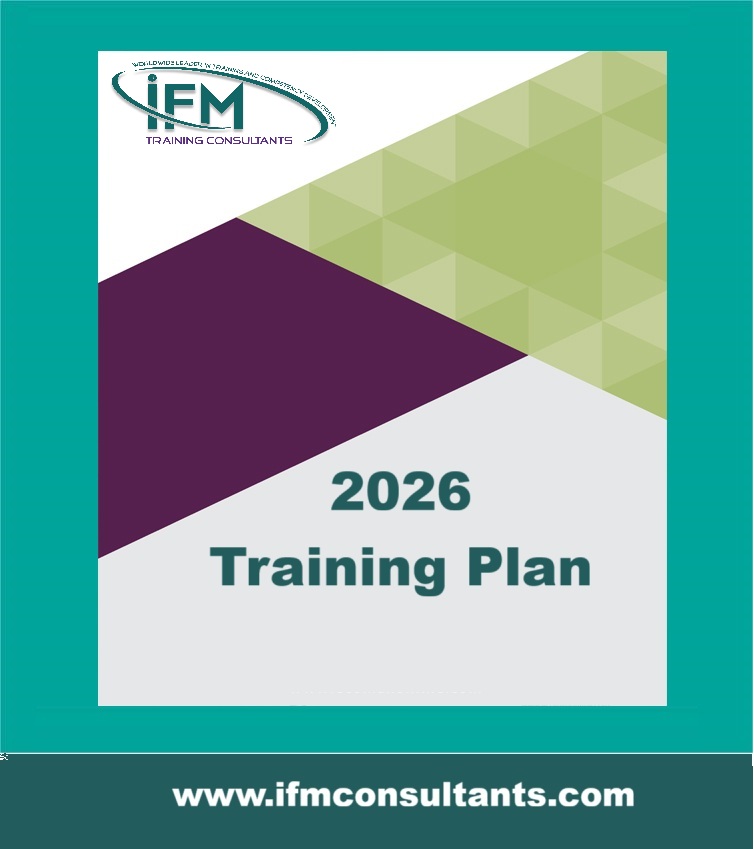Security Fire and Loss prevention and Emergency Management
| Start Date | End Date | Venue | Fees (US $) | ||
|---|---|---|---|---|---|
| Security Fire and Loss prevention and Emergency Management | 28 Dec 2025 | 01 Jan 2026 | London, UK | $ 4,950 | Register |

Security Fire and Loss prevention and Emergency Management
| Start Date | End Date | Venue | Fees (US $) | |
|---|---|---|---|---|
| Security Fire and Loss prevention and Emergency Management | 28 Dec 2025 | 01 Jan 2026 | London, UK | $ 4,950 |
Introduction
Do you as a manager fully know what security measures and emergency planning processes you have in place? In a management or supervisory role you need to convince your clients, colleagues and staff you have the expertise and these procedures in place. This program provides the essential abilities with a detailed concentration on managing a controlled exercise. The benefit of this role is critical to managers, supervisors and administrators who may have to pro-actively prepare for and possibly manage the unexpected.
Objectives
- To provide expertise to manage the health and safety process
- To complete supervised exercises in health and safety documentation development
- To provide expertise to complete and manage risks assessment
- To provide expertise to investigate and analyze safety statistics
- To monitor safety process and undertake audits
Training Methodology
This is an interactive course. There will be open question and answer sessions, regular group exercises and activities, videos, case studies, and presentations on best practice. Participants will have the opportunity to share with the facilitator and other participants on what works well and not so well for them, as well as work on issues from their own organizations. The online course is conducted online using MS-Teams/ClickMeeting.
Who Should Attend?
- Managers and supervisors of security or emergency management
- Managers and supervisors who require to initiate and monitor security and emergency management procedures
- Personnel managing administration of assets or logistics
Course Outline
Hazards in various industries
- Lessons From Past Accidents
- History of Fires & Explosions
- Hazards in Process systems – Separation, Liquefaction, etc.,
- Hazards in Compressor Stations & Pipeline Transportation.
- Consequences of Spills & Leaks
- Major Effects from Chemical Accidents
- Types of Fires & Explosions
- Toxic Gas Dispersion
Working in Hazardous Areas – Basic Safety Procedures
- Workplace hazards & Component Inspections
- Safe Working Practices
- Identification of Flammable & Combustible Material/ Chemical Hazards
- Protocol for Identifying Hazardous Material
- Use of permits and procedures in critical areas
- Devising procedures & checklists to achieve a safe system of working with chemicals/ equipment (detect, avoid or compensate for error-likely procedural steps.)
- Basic first Aid – assessment of breathing, control of shock, burns etc.,
Advanced Safety Systems /Techniques
- Hazard Identification Process
- Results from Hazard Identification Procedures
- Goal of Hazard Identification
- Necessity for Hazard Identification & Procedure
- Risk Assessment Procedure
- Hazardous Area Classification in Industrial Plants
- Selection of appropriate technique
- Identification of Critical Equipment
- Safety System Performance Considerations
Hazard Prevention & Control Measures
- Safety Inspection and auditing Incident Reporting
- Importance of Accident Investigation & Reporting
- Failure Sequences
- Classification of Causes
- Accident Prevention
- Elements of Incident Investigation
- Reporting for Near-Misses & Accidents
- Handling Spills/ Leaks of Chemicals
- Actions Required
- Handling Gas Leaks
- Prevention & Mitigation for Fire & Explosion hazards
- Emergency Responses
- Maintenance of Equipment in Hazardous Areas
- Safety Availability & Reliability
- Protection of Equipment
- Safety of Electrical Equipment
Emergency Response Management
- Identifying the key components of a Safety Management System (SMS)
- Emergency control
- Team and personnel training
- Resources and organization of the team and support facilities
- Investigation
- Safety Management Systems
- Relevant key elements that make up an integrated HSE Management System - SMS in action
- Planning for efficient emergency response and crisis management
- Establishing a major accident prevention policy
- Incident develop or crisis
- Structuring your organization’s approach to crisis and emergency management
- The warning of the public in an emergency
- Justifying the role of industrial emergency response resources
- Methodology – Risk based scenario reviews
- Alternatives conclusions/findings
- Responding to the emergency
- Activating emergency response plans
- Undertaking crucial decision
- communications and problems encountered to bring the situation to a speedy conclusion
- Contracting out emergency process
- Choosing the right contractor
- Back up resources required
Loss Prevention Policies & Procedures
- Risk Reduction & Control Program
- Hierarchy of controls
- Inherently safer design strategies: Minimize, Substitute, Moderate, Simplify;
- Industrial examples
- Safety Management Systems
- Safety A New Perspective
- Risk based Safety Culture
- Measuring Safety culture
- System Safety and Role of communication
- Adoption of international standards / Certification
- Good Safety is good business

















